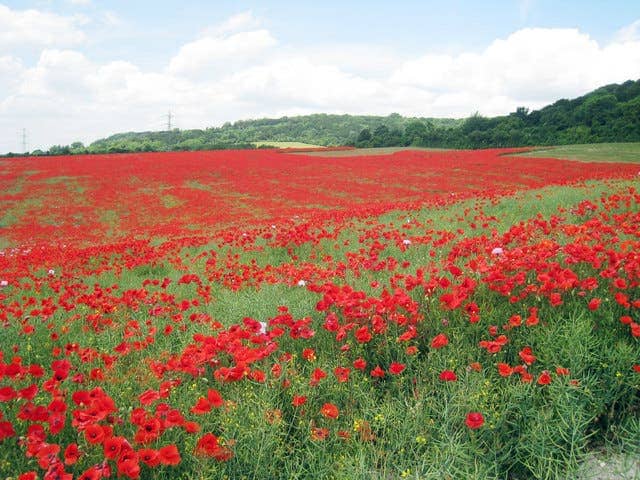Yeast is already used to create two substances widely used to kill pain – beer and wine. Jokes aside, researchers have shown that genetically modified yeast can create morphine, which would remove the need for poppy crops – something which is currently causing widespread issues (including war) in some areas.
“Opiates and related molecules are medically essential, but their production via field cultivation of opium poppy Papaver somniferum leads to supply inefficiencies and insecurity. As an alternative production strategy, we developed baker’s yeast Saccharomyces cerevisiae as a microbial host for the transformation of opiates”, they write in their study.
Opiates (which aside for morphine, include codeine and the dreaded opium) are made from poppy seeds. Tens to hundreds of thousands of tons are needed to meet global needs. Growing poppies is generally strictly regulated by the authorities, and can only be done in specially designed areas. The crops are subject to a number of potential problems, including parasites, climate change, political turmoil and even war – the Anglo-Chinese Opium War is only the most famous example. Bypassing that problem by creating opiates artificially using yeast could potentially save time, money, and human lives. The problem is not growing it per se, but growing it in a way that it could satisfy needs at an industrial scale. Until now, this has proven to be impossible.
Now, scientists have inserted into yeast cells a handful of genes isolated from the opium poppy. These genes encode the enzymes the plants use to produce opiates. After some chemical fine tuning, they can feed the yeast a precursor chemical called thebaine, and get pure morphine in return. Thebaine is also an opiate, and while it is chemically similar to codeine, it has an exciting effect rather than a calming one. So far, researchers haven’t been able to make the yeast produce morphine from scratch, but the process shows promise.
Journal Reference: Kate Thodey, Stephanie Galanie & Christina D Smolke. A microbial biomanufacturing platform for natural and semisynthetic opioids. Nature Chemical Biology 10, 837–844 (2014) doi:10.1038/nchembio.1613










